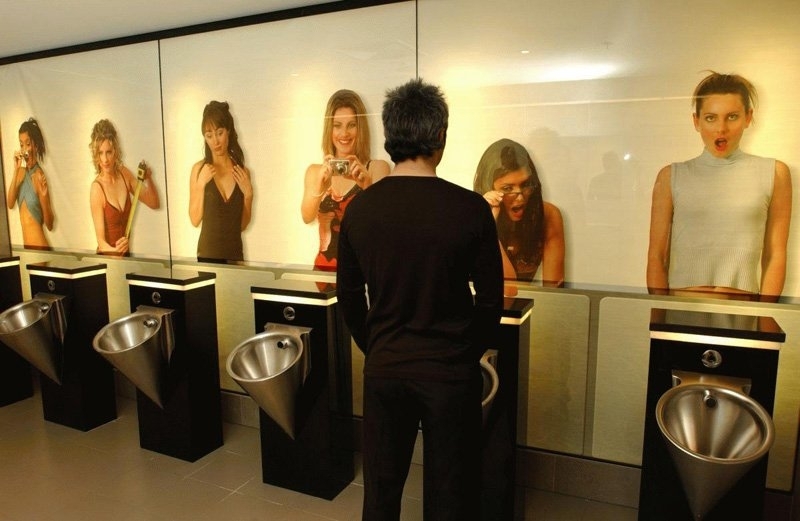
Pope Francis said an interesting and insightful commentary on online social media: “The Internet, in particular, offers immense possibilities for encounter and solidarity… The speed with which information is communicated exceeds our capacity for reflection and judgement, and this does not make for more balanced and proper forms of self-expression. … The variety of opinions being aired can be seen as helpful, but it also enables people to barricade themselves behind sources of information which only confirm their own wishes and ideas, or political and economic interests.” In other words, communities have the power to limit the range of views to only those that they seems culturally appropriate — a small subset of active users can completely change the group dynamics of a community. The responsibility of the managers to find their way to create and sustain healthy communities. I’ve been building and supporting communities for a while. It happened organically — I needed to help a client start a project and build a following around it; then another client needed something similar; after a dozen years (or more), I’ve found myself creating guidelines for communities and the people who help manage them. Below is some of my “wisdoms” from…




